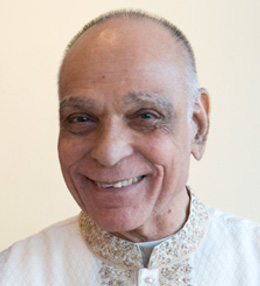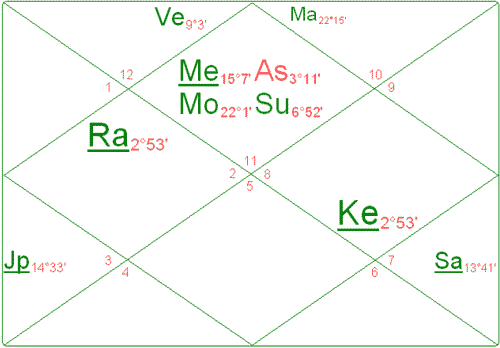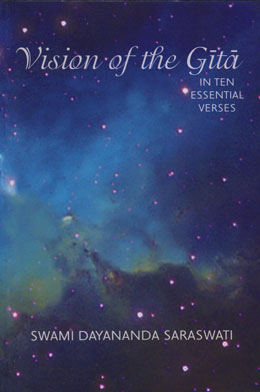Volume 36, 23 March 2017
“The power that can transform life in a moment can be found only in the living illumined souls, those shining lights who appear among us from time to time. They alone are fit to be Gurus”
The Guru Shishya Parampara - The Oral Tradition

Lord Shiva in the form of Sri Dakshinamurthi established the great teaching tradition that has preserved much of the precious knowledge of the Vedic tradition. All teachers play a role as do all aspirants but it is the Guru who is the teaching incarnate. Very few in a generation ascend to the status of Guru. It is the responsibility of the Guru to find and train that special student, the shishya, who will carry the torch of knowledge forward into the next generation. We have been privy to beautiful stories of these fated meetings such as the meeting of Ramakrishna Paramahamsa and his disciple Swami Vivekananda.
Often we see the word Sampradaya used for the teaching traditions. It is a beautiful word whose very derivation (sam = with pradaya = gift) conveys the ideal of teaching - the giving of a gift. What is the highest gift that can be given? The sublime and noble knowledge of something transcendental and universal that improves the human condition. This transmission happens in the coming together of the teacher and the student. They must be matched - the teacher (the Guru) must be qualified to give that ultimate gift, and the student (the Shishya) must be of a quality to receive it. The knowledge flows based on the informed faith (shraddha) of the student in the teacher. Arjuna exemplies this ideal in the Gita when he says to Lord Krishna, “I am your student who has taken refuge in you. Please teach me”.
Fortunate are those who have heard the teaching of a great Guru in their life times. Even if the teaching was not pursued, their trajectories will doubtless be changed.
Here is the chart of one the great Gurus of the Vedanta tradition:

The extraordinary chart of Ramakrishna Paramahamsa shows the perfect alignment of the Lagna, Sun and Moon - the integration of all the aspects of mind, spirit and the individual purpose which could carry forward his mission in life. Such a lagna is called a Sudarshana Lagna. The destiny pattern repeats from all three primary reference points for the reading of the chart giving incredible confluence to the beautiful indications of dharma and spiritual intensity.
For a detailed rendering of this chart, I recommend Light on Life by Hart deFouw.
Sampradaya in Modern Times
What does this discussion mean for those of us learning these subjects in these modern times?
Those who have been supremely blessed to have been sculpted in an ongoing way by a Guru might find it hard to find a suitable vehicle for transmission of these adrishta subjects in the contemporary context. The closer one comes either as a teacher or an aspiring student to simulating the traditional model, the more effective the transmission will be for the student and for the viability of maintaining the knowledge going forward.
Clearly our modern technology gives the chance for teaching these subjects to anyone anywhere. Is this a good thing? I think an appropriate answer is “it depends”. The shastra is clear about the attributes of a student to whom these vidyas should be taught. So it seems at the very least, from the teacher’s side, there should be some qualifying threshold for aspiring students with even more rigor applied as the potency of what is transmitted deepens.
And from our side as students? Are we hopping around to lots of different podcasts getting this from this tradition and that from another? Are we simply into the all you can eat buffet phenomenon where the indigestion precludes absorption of any vital nutrients?
The proliferation of knowledge is endless along with the gnawing fear that “I might be missing something”. It is simply not possible to know it all. It never was and that is not a problem. It is inspiring to know that village astrologers are capable of stunning Jyotisha minus so much of the bells and whistles that seem obligatory today. It is about depth garnered through an ongoing and deepening relationship with what you do know. At some point the grahas might simply speak to you.
So we could say that ultimately it is about cultivating the cognitive capacity of the student. And this is the function of Guru. Transmission of facts is essentially worthless without the clarity of intelligence that connects the dots and reveals the adrishta pattern. These subjects are not linear. They are gloriously revealed to the one who has not just learned the principles of his or her discipline but has also developed the capacity to be fluid and at ease with the infinite ways in which karma creates and unfolds the destiny pattern of a human being.
The Media Corner
Vision of the Gita in ten Essential Verses

The Gita is a distillation of the wisdom of the Vedas and this book by Swami Dayananda Saraswati is in turn a distillation of the wisdom of the Bhagavad Gita. It covers core teachings of the Gita which is a dialogue between Lord Krishna and Arjuna dealing with fundemental conflicts that every human being is faced with as they navigate through life. This dialogue ultimately reveals the way to resolve our universally common dilemnas.
This book is available at the online and in person bookstore at Arsha Vidya Gurukulam.
